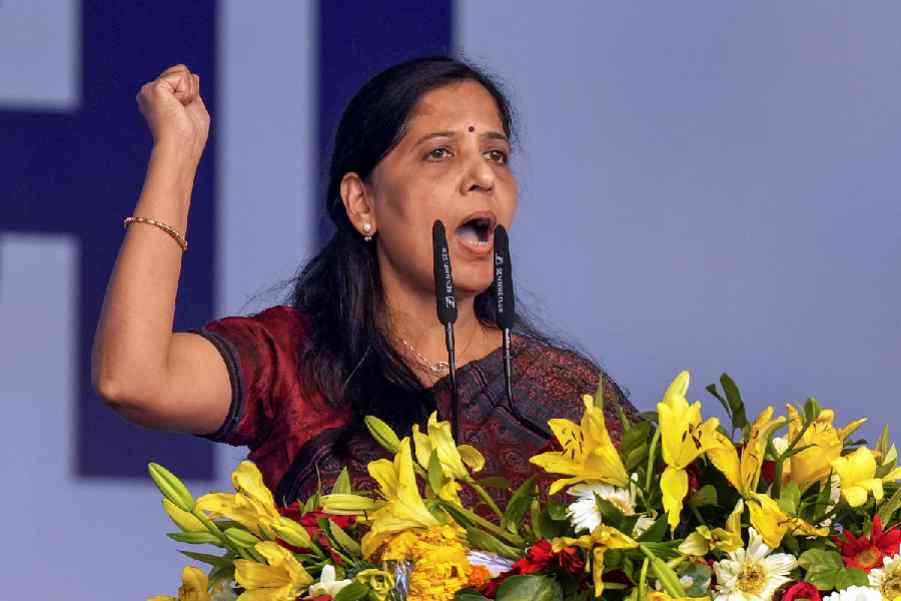Depending on aesthetic preference and intellectual inclination, one either hates the term "graphic novel" or finds it a useful way of describing comic books of a certain length with a certain artistic - linguistic and visual - ambition. Many authors who found glory and fortune through creating such books sneer at the term - the magical and marginally mad Alan Moore, considered by many the best comics writer of all time, thinks the term is just a synonym for "expensive comic book", one he's not "very comfortable with" - while, in contrast, Jeff Smith, creator of the acclaimed Bone series, thinks it makes sense to use the term "graphic novel" for comic books that have "a more traditional literary structure".
Regardless of whether you like or dislike the term, such works are here to stay and will keep making inroads into the more highbrow echelons of the literary establishment. Art Spiegelman's astonishingly moving and brilliantly imagined Maus kick-started things a quarter-century ago by winning the Pulitzer in 1992 and comic books/graphic novels are now being acknowledged by various national book awards, not to mention regularly bagging more genre-specific prizes like the Hugo (for science fiction) and Bram Stoker (horror fantasy). The legendary Narayan Debnath, still going strong at 92, whose Bantul the Great, Nonte-Phonte and Handa-Bhonda strips have introduced several generations of Bengalis to the magic of comics, is perhaps the only Indian comics artist to have won a Sahitya Akademi award, for children's literature, in 2013.
But things have been changing for some time now, with the accelerating growth of serious comic book artists spread across the subcontinent. The latest salvo in the battle to claim a permanent spot in the minds and hearts of literature lovers has just been fired in the form of LONGFORM: An Anthology of Graphic Narratives, Volume 1, edited by Sarbajit Sen, Debkumar Mitra, Sekhar Mukherjee and Pinaki De and published by HarperCollins India a month ago. In their editorial, the four who sign off as "Longform collective" recall the brilliant Maltese-US political commentator and comics artist, Joe Sacco's lament that newspapers and magazines lacked any interest in the long form graphic narrative and go on to say that this inspired them to try and create an anthology, the first of a series, of "nuanced, detailed and well-told graphic narratives".
With works by 30-odd writers and artists and weighing in at a hefty large-format 400 pages, LONGFORM is a pioneering effort that showcases the vitality and versatility of this art form in India and also gives its readers glimpses into the works of brilliant artists from France, Iran, South Korea, and Bhutan. There is an interview with Sandip Ray on matters dealing with comics and other things graphical, including the work of his father, Satyajit, the filmmaker who was undoubtedly one of the most talented graphic artists of India, if not the world, in the last century or so.
The styles of writing and illustrating in LONGFORM Vol. 1 vary from the thick, dark, full-page images of Heeseon Kim's "The River" to the playfully colourful "Maps Take You Nowhere" by Amritah Sen to Ishita Basu Mallick's broodingly mysterious and somewhat ominous "Drift Theory". There are pieces here that operate almost wholly without words - Deeptanil Ray's "High Life", Promit Basu's "Fairness Cream", Rajesh Thakare's "Drumsticks" - whilst others like Sarbajit Sen ("Dodo and Food Fetish"), Ranjitha Rajeevan ("Keli") and Prakash Moorthy ("If in the Shadows a Leopard!") are more word-dependent to tell their tales. The tales themselves vary from the serious to the whimsical, moving from "Auntie Clara" (Ekta Bharati) to "Zigsa" (Rimi B. Chatterjee) and taking in everything in between.
The length of the narratives varies from Marine Blandin's one-page "Overwhelmed" to the novella-sized tale from Moorthy and includes short-story sized offerings from Sarbajit Sen, Nikhil Chaudhury ("Saline Intrusions"), Upamanyu Bhattacharyya ("The Delta"), and Sekhar Mukherjee ("The Magical Kitchen of Maria Alfonso Caramela Lobo") to name just four. There isn't enough space here to speak of all the graphic narratives in this anthology, and it is in any case somewhat silly to talk of works that depend on the crucial interface and dialectic between word and image through the medium of language alone, so I won't go on.
The editors of LONGFORM must be congratulated for what must have been at times a frustrating job (try getting writers and artists to stick to deadlines!), superbly executed. I was thinking of trying to get hold of them to take them out for coffee at our new neighbouring Starbucks when I realized I could buy a copy of their book for the same price, so I'll skip the coffee and buy another LONGFORM instead. And if you're faced with the same choice, dear reader, I'd advise you to do the same. It'll be money well spent.










